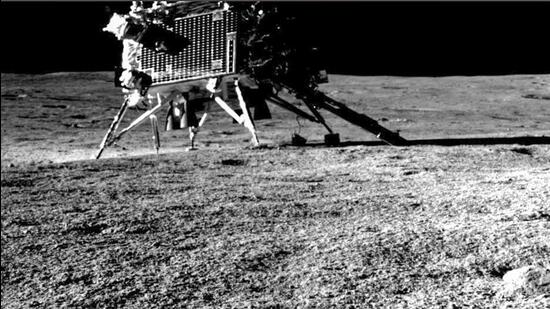QUICKREADS

Scientists identify substance that may have sparked life on Earth
A portion of a protein that may hold the key to identifying planets on the edge of supporting life has been discovered by a group of Rutgers researchers working to identify the earliest beginnings of metabolism, the set of fundamental chemical events that originally powered life on Earth. The researchers are seeking to understand how proteins evolved to become the predominant catalyst of life on Earth.

Tim Friede: Man bitten by snakes hundreds of times helps create broad antivenom
Tim Friede, a self-taught snake enthusiast, endured hundreds of venomous bites, enabling researchers to develop a potentially groundbreaking antivenom. His unique antibodies could help treat snakebite victims globally, particularly in India, by neutralizing toxins across multiple snake species.

Potential presence of primitive lunar mantle materials on Chandrayaan-3 landing site: Study
Chandrayaan-3's landing site revealed high sulphur levels, suggesting presence of primitive lunar mantle materials from the South Pole-Aitken basin's formation 4.3 billion years ago, offering insights into early lunar evolution and composition.






